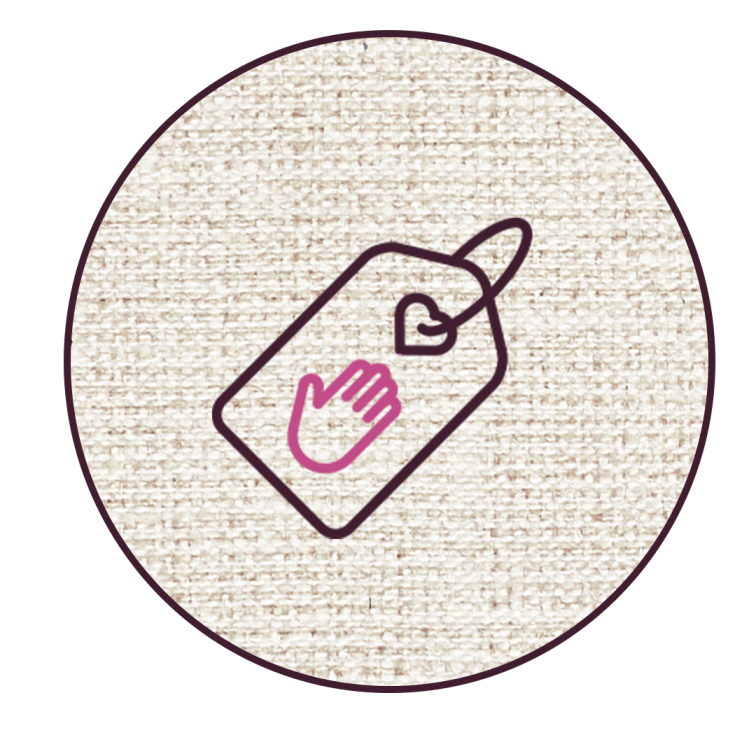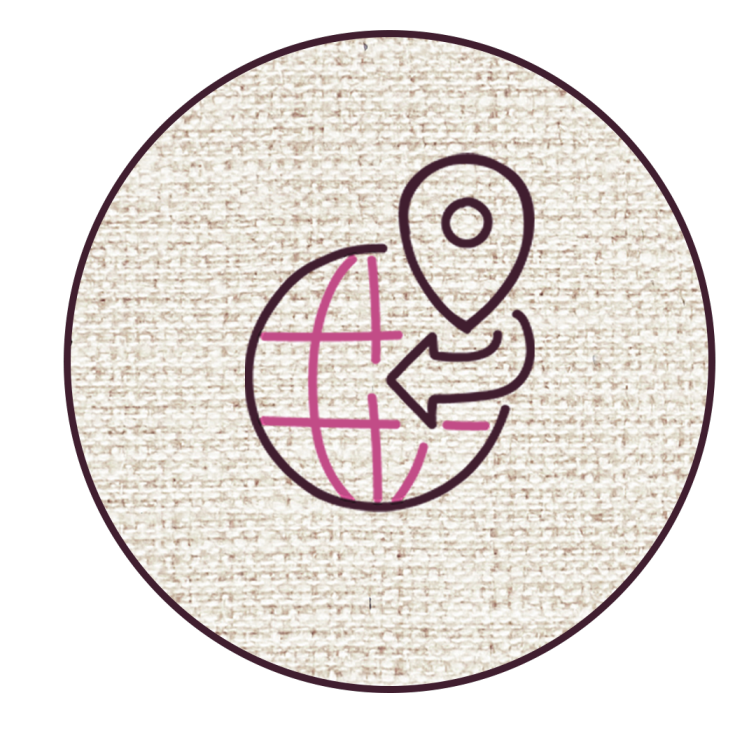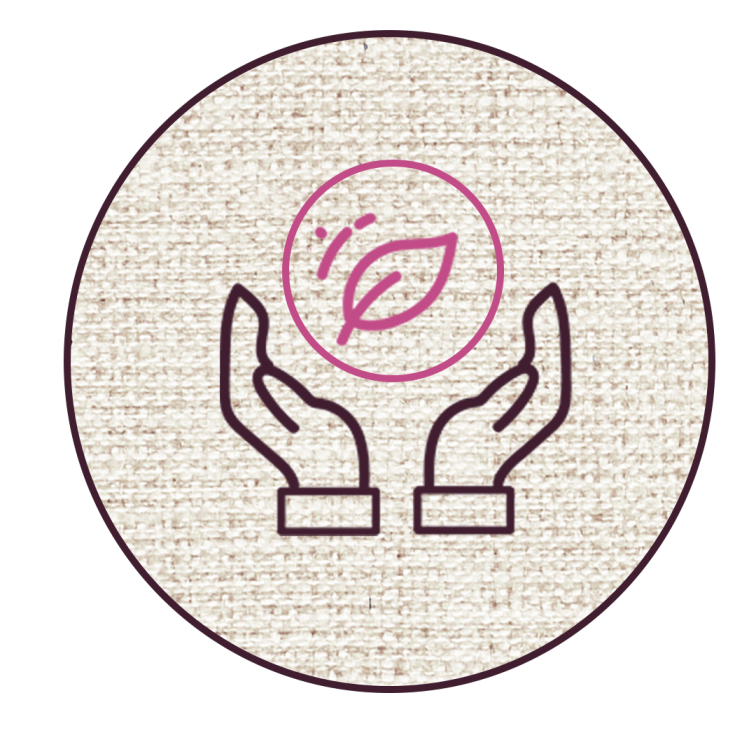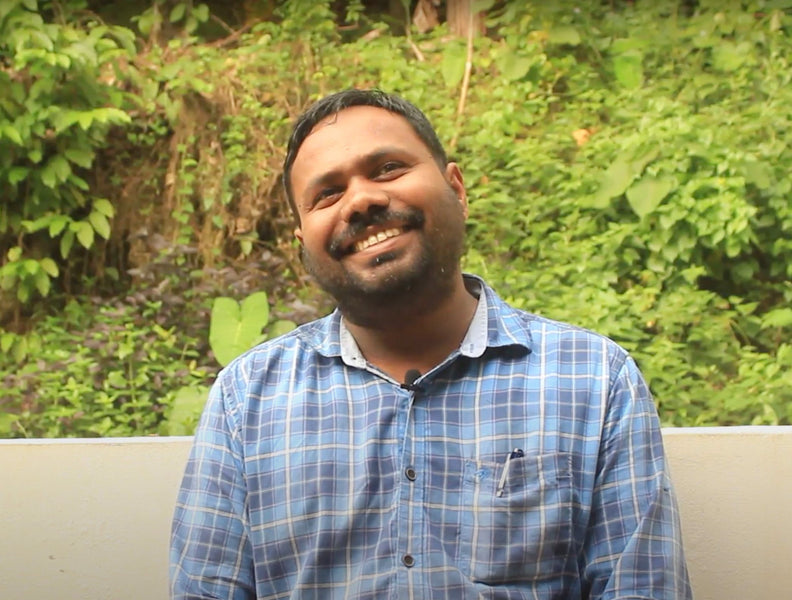Dimensions : H-26.7 W-14 inches
Medium : Acrylic Colors on Canvas

- HANDMADE
ARTWORKS

- INTERNATIONAL
SHIPPING

- AUTHENTIC &
SUSTAINABLE

- SECURE
CHECKOUT

- WARRANTY

- CELEBRATE
ARTISANS
![]() Earn upto 20,000.00 Points on purchase of this product.
Earn upto 20,000.00 Points on purchase of this product.
![]() Get upto 10% OFF on Live Workshops when sign up for 2 or more workshops.
Get upto 10% OFF on Live Workshops when sign up for 2 or more workshops.
![]() Get 10% OFF coupon code for Art Kits signing up for Masterclass or Live Workshop.
Get 10% OFF coupon code for Art Kits signing up for Masterclass or Live Workshop.
About the Artwork +
Ganesha, also spelled Ganesh, also called Ganapati, elephant-headed Hindu god of beginnings, who is traditionally worshipped before any major enterprise is the patron of intellectuals, bankers, scribes, and authors.
The traditional mural paintings of Kerala are a fine art of skill and creative excellence. Most of the noted mural works of Kerala were done between the 15th and 19th centuries. They bear a stamp of uniqueness in techniques used and aesthetics. An ideal souvenir to be treasured for a lifetime, Kerala murals are a symbol of natural beauty and grace, elegance and simplicity and of pious devotion.
Adarsh has learnt Kerala Mural painting at Guruvayur from 2003 to 2008. He has been involved in a lot of conservation work with the government and UNESCO for the conservation of Kerala Murals across Kerala.
Authentication +
Each of our artworks are hand painted by master artists across India. We provide an authentication certificate with this artwork signed by the artist.
Sizes and Customisation +
The sizes mentioned are excluding the borders of the artwork.
Frames shown are for visual representation only and are not included with the artwork.
We take custom artwork orders, please use the WhatsApp chat below or email us at wecare@memeraki.com to discuss your requirements in more detail.
International Shipping and Taxes +
We ship worldwide, Our Prices are inclusive of GST/Taxes in India. For International Orders, any specific custom duties you may encounter in your home country during the delivery has to borne by the buyer.
For all artworks expect Lippan and Terracotta, No additional charges are applicable for domestic deliveries. For International Orders shipping charges of 2000 INR are applicable.
For Lippan and Terracotta Artworks, We charge a Shipping rate on a per Kilogram basis. You can see your final Shipping Rate before checkout or view our pricing here.
Shipping and Returns +
All artworks are packed and couriered securely in a tube.
Ready To Ship/ In Stock artworks are shipped in under 2 weeks. We only accept return requests for Ready to Ship/ In stock artworks placed within a week from date of delivery.
Made To Order artworks will take 2-3 weeks to be made and shipped once they are ready. Returns are not applicable on Made To Order artworks.
Colour Disclaimer+
All artworks on the website are hand painted from scratch by our master artists. That makes every artwork absolutely unique and the actual colour and overall artwork may vary slightly from the artwork image posted here.


















